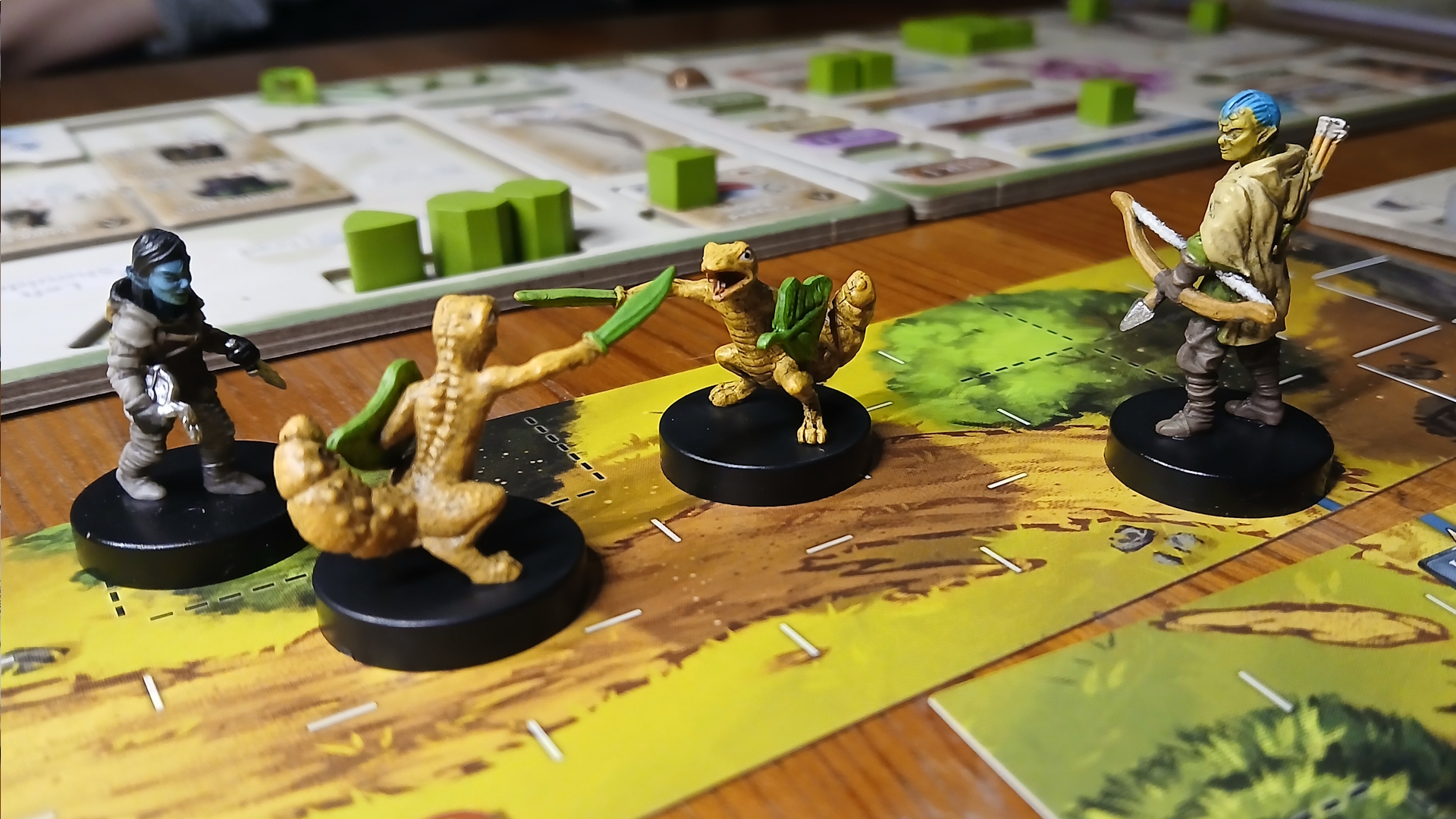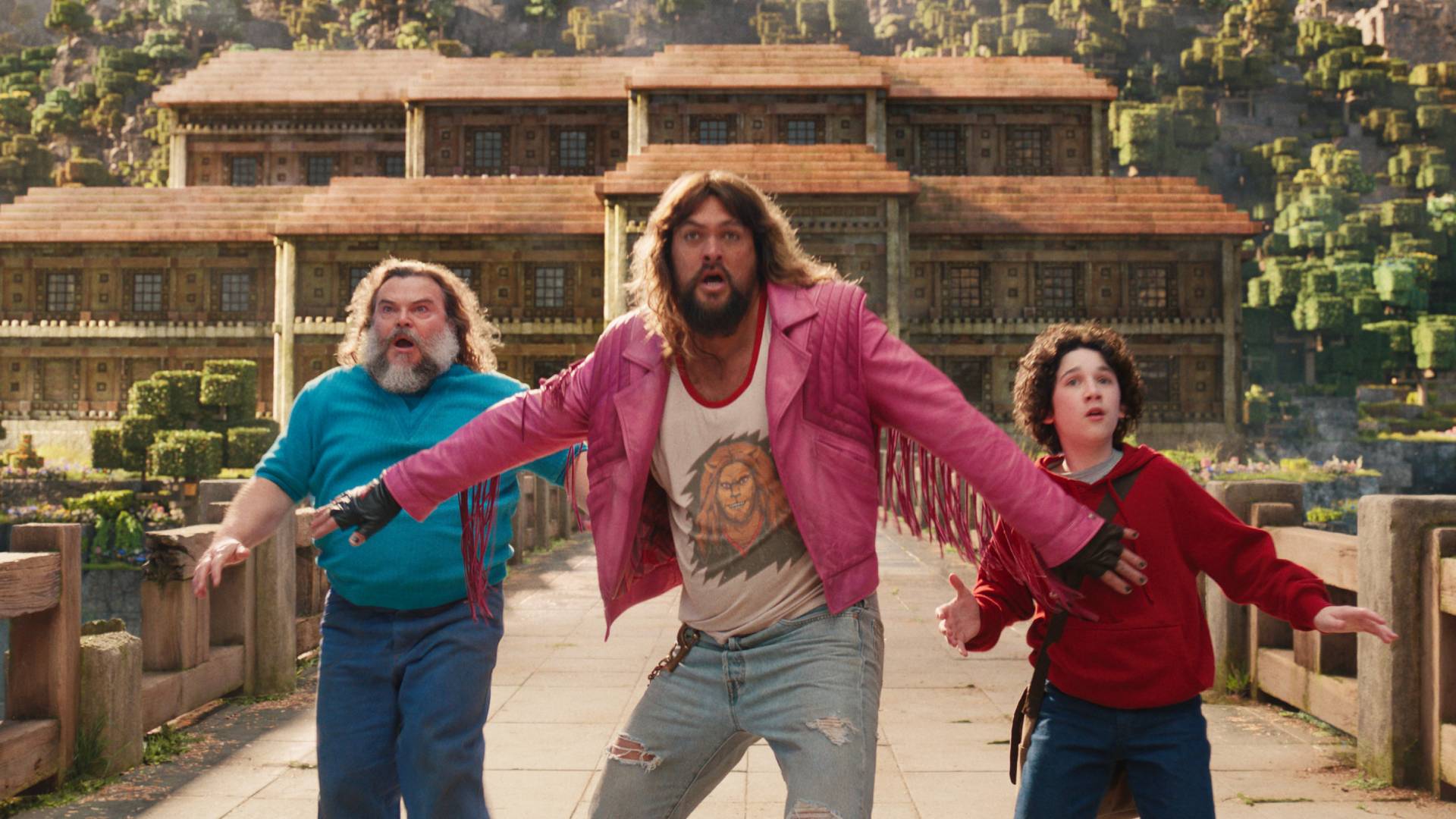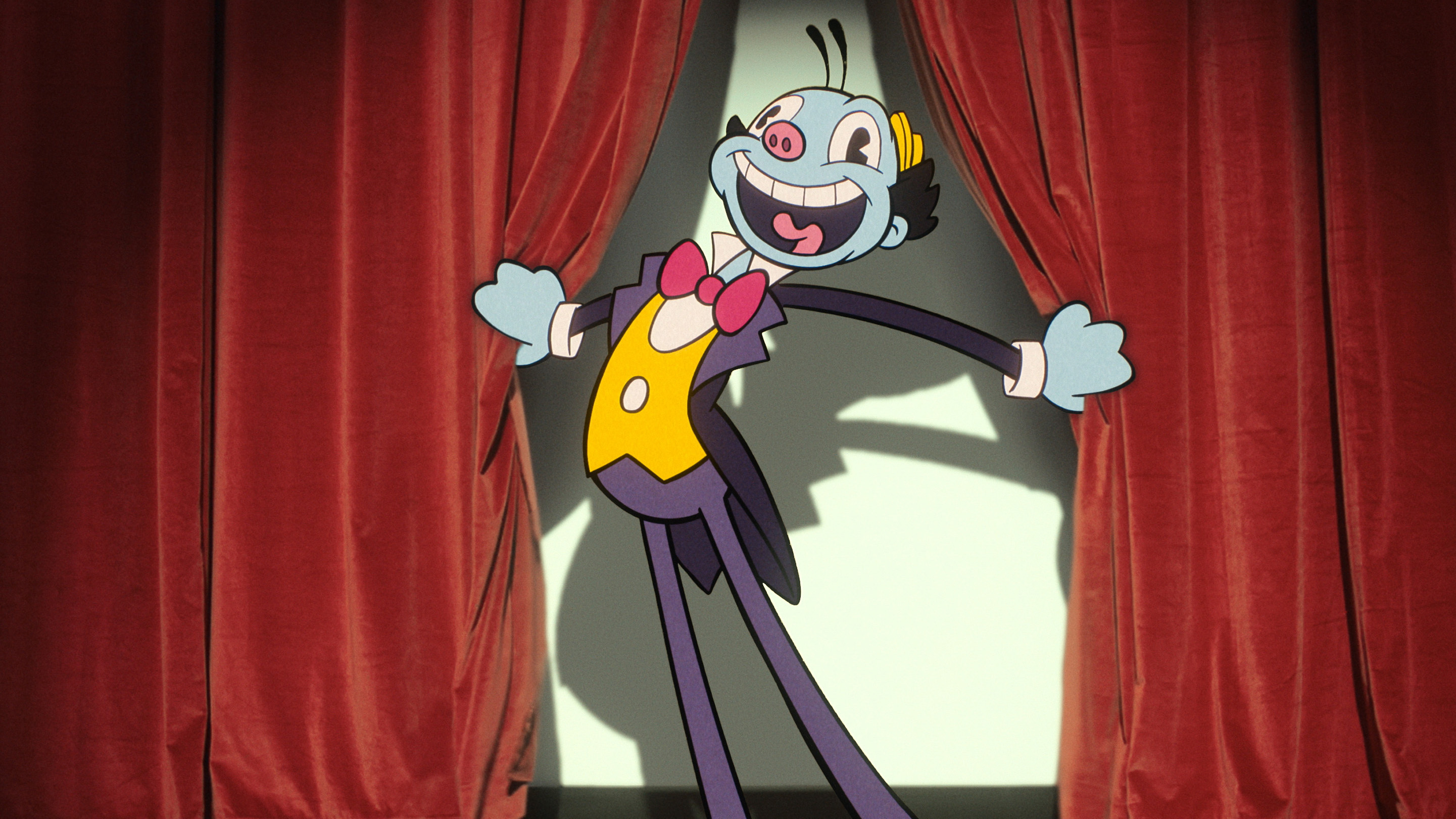The psychology of videogame "immersion" – it’s not just a buzzword
How developers get into your head, and get you into their world
Making a videogame is hard. Making a good videogame is harder. It takes teams of artists, writers, engineers, and testers to craft an experience that keeps the player coming back for more. But how do developers keep us coming back for more? Intuitive and addicting gameplay is certainly one aspect. A polished and bug-free experience is another. But the astute readers who read the headline would have already figured out that we’re talking about immersion.

Above: Mmmm… immersion…
The buzzword has become a game design cliche, but little time is taken to appreciate what it actually means. Quite simply, it is the suspension of disbelief – the impression that one believes and cares about the environment that has been crafted. But how do developers craft an experience of “immersion?” A recent Gamasutra articlereveals a theory, championed by psychologist Jamie Madigan, which gives us a glimpse into exactly how we go from “playing there” to “being there.”
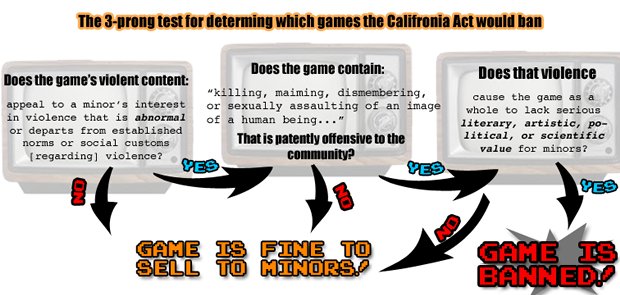
Above: This is very important. But don’t hurt yourself
So what does that incomprehensible jumble of big words mean? We have no idea. Luckily, the article goes into a bit more detail. First: players form a representation in their mind of the space or world with which the game is presenting them. Second: players begin to favor the media-based space (i.e. the game world) as their point of reference for where they "are" (or, in psycho-babble, their "primary ego reference frame").
This means that the players feel that they are in the game world because they think they are in the game world. But that doesn’t mean that the developers get to knock off for lunch, as the illusion is only maintained so long as the game world remains consistent with the player’s perception. Confused? Let’s put this into a practical example.
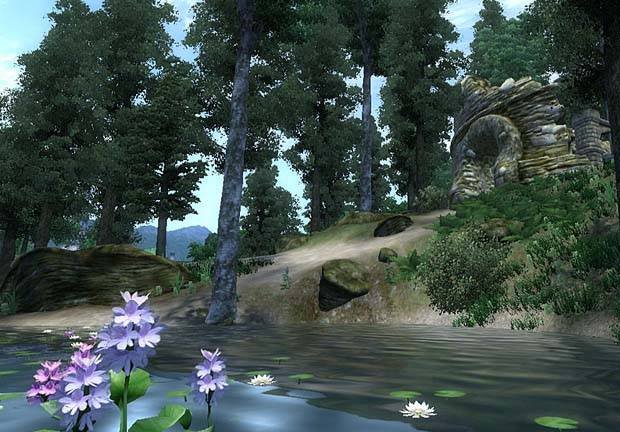
Above: So real, you can pick the flowers in the water
Sign up to the GamesRadar+ Newsletter
Weekly digests, tales from the communities you love, and more
Let’s say someone is playing Elder Scrolls IV: Oblivion for the first time. They’ve just escaped the sewers at dusk, and are exposed to a huge game world. Given that the player accepts that they are in a medieval environment plagued by bandits, highwaymen, and dangerous creatures (player formed representation), a new player might be uncomfortable traveling at night just yet. Fortunately for the player, there’s a massive walled city nearby where he can spend the night. After navigating the perimeter of the wall, the player finally enters the city. Being in a new place –particularly such a big place - can be overwhelming, but speaking with the city guards reveals everything the player needs to know to get started. After renting a bed from the local budget inn, he might enter his room to find a meal waiting on the table.
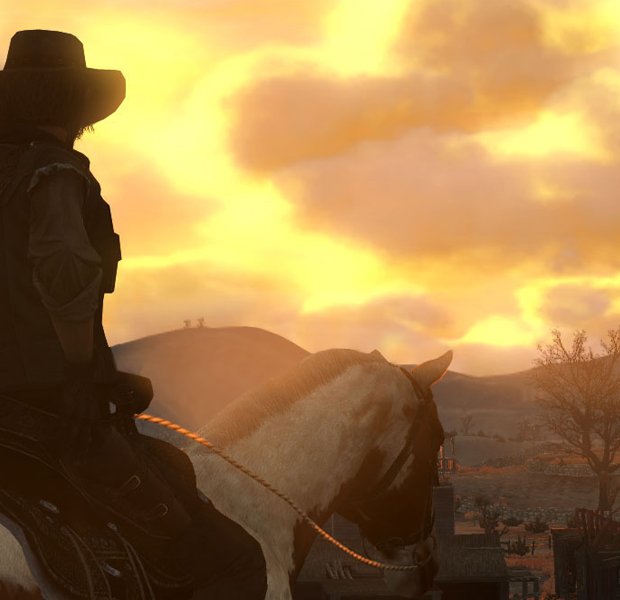
Yes, something as simple as finding a place to sleep can be integral to player immersion so long as the entire process is presented in an intuitive and realistic format. The guards are actually helpful, the inn prices vary from district to district, and even the meal in the room can be “eaten.” All of this contributes to the “completeness of sensory information” that fills the gaps between player perception and actual user experience. So does this mean that Fallout New Vegas’ ‘Hardcore’ mode will be the most immersive experience yet? We’ll have to get back to you.
Check out the Gamasutra articlefor a more in-depth look at the science of immersion (or how developers are getting into your head).
And because we love to hear from you, tell us in the comments which game you’ve found the most “immersive.”
Aug 26, 2010


Real-world comparison shows stunning level of detail in new GTA

How well does our favorite post apocalyptic wasteland compare to the real Washington DC?

Are you burly enough to survive Cyrodiil's highest heights and gnarliest drops?
